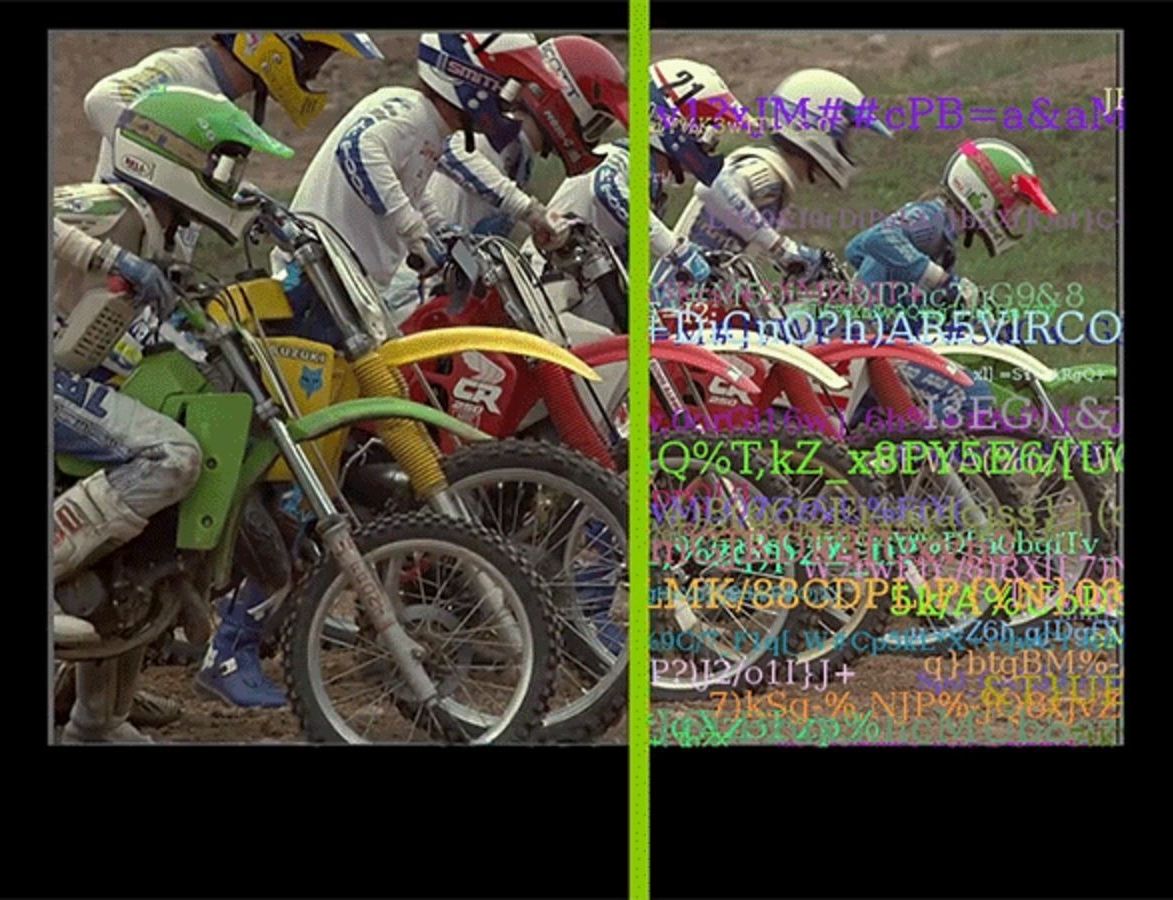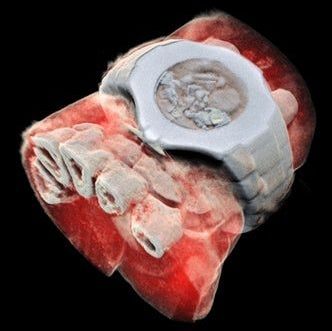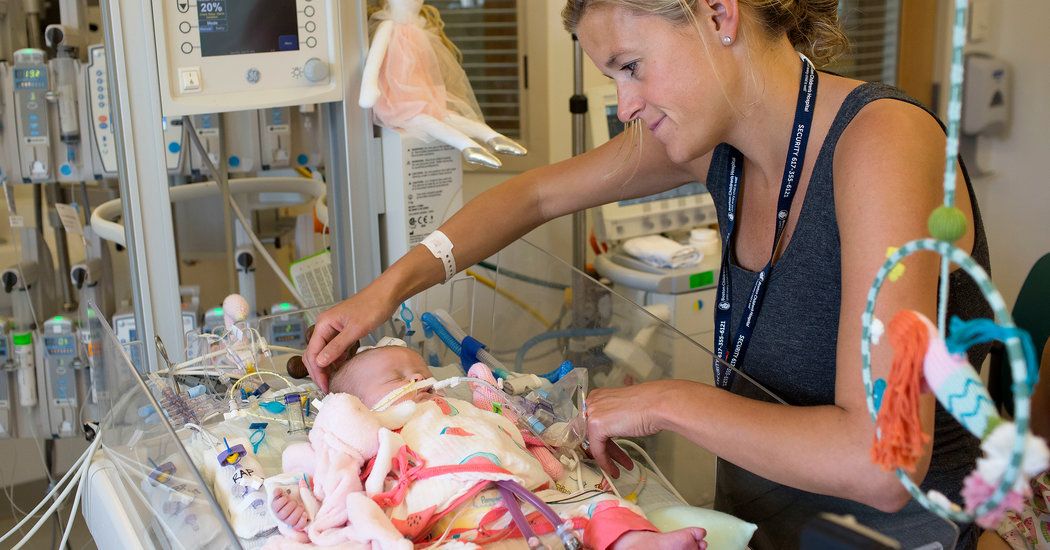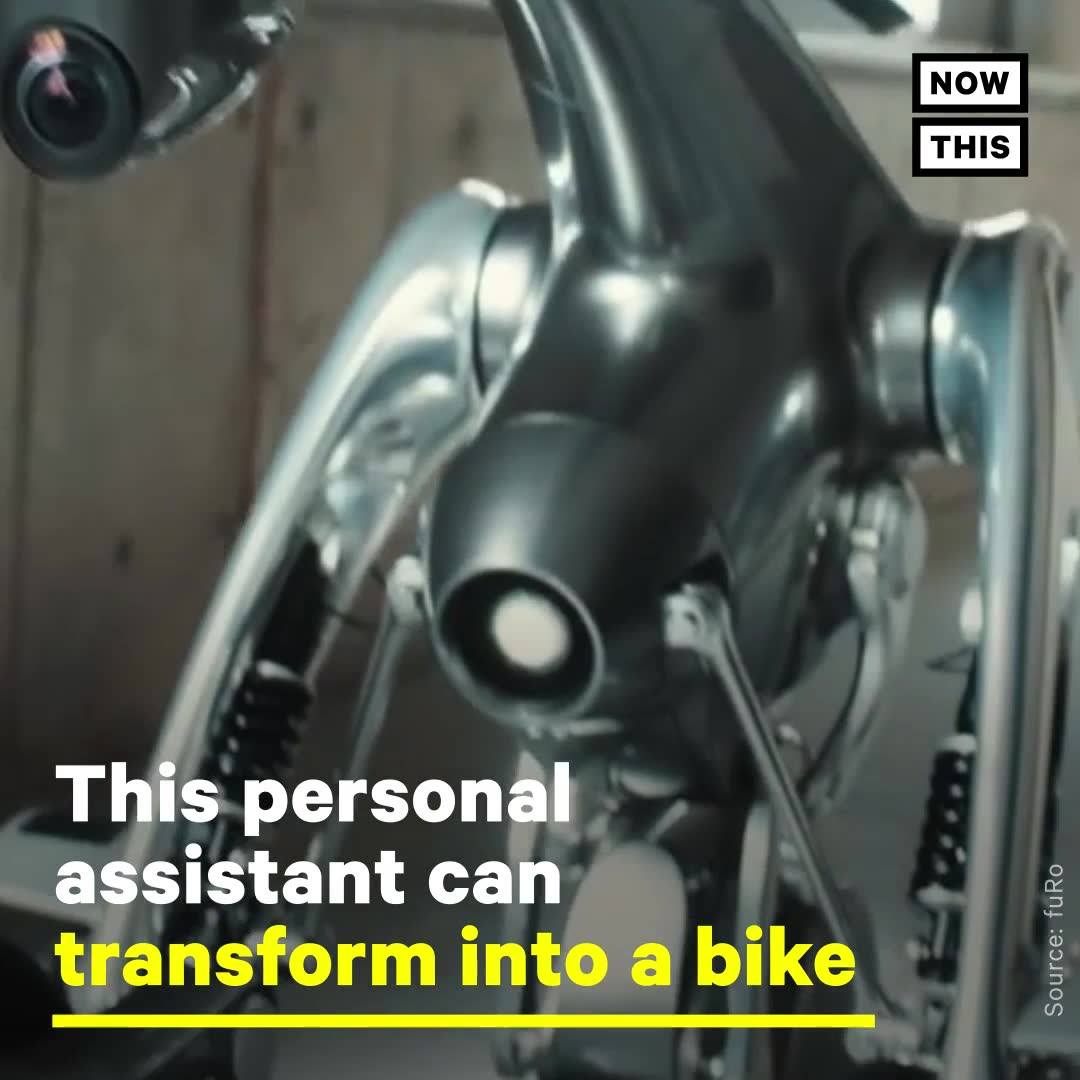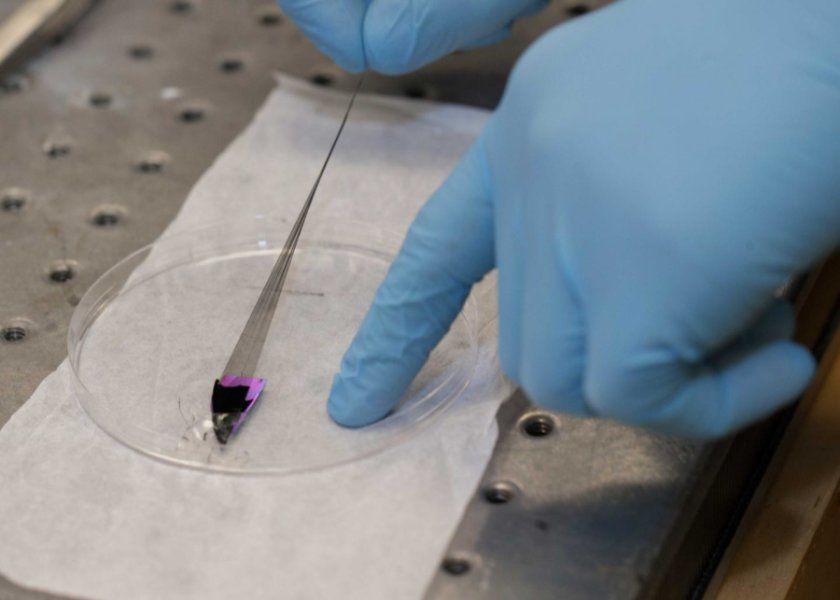Jul 11, 2018
The market for alternative-protein products
Posted by Derick Lee in categories: business, food, sustainability
Here, the problem is marketing. Around 2bn people eat insects already, but few of them are Westerners. Changing that could be a hard sell. Grind the bugs up and use them as ingredients, though, and your customers might find them more palatable. Hargol FoodTech, an Israeli startup, plans to do just that. Locust burgers, anybody?
MOST people like to eat meat. As they grow richer they eat more of it. For individuals, that is good. Meat is nutritious. In particular, it packs much more protein per kilogram than plants do. But animals have to eat plants to put on weight—so much so that feeding livestock accounts for about a third of harvested grain. Farm animals consume 8% of the world’s water supply, too. And they produce around 15% of unnatural greenhouse-gas emissions. More farm animals, then, could mean more environmental trouble.
Some consumers, particularly in the rich West, get this. And that has created a business opportunity. Though unwilling to go the whole hog, as it were, and adopt a vegetarian approach to diet, they are keen on food that looks and tastes as if it has come from farm animals, but hasn’t.
Continue reading “The market for alternative-protein products” »


